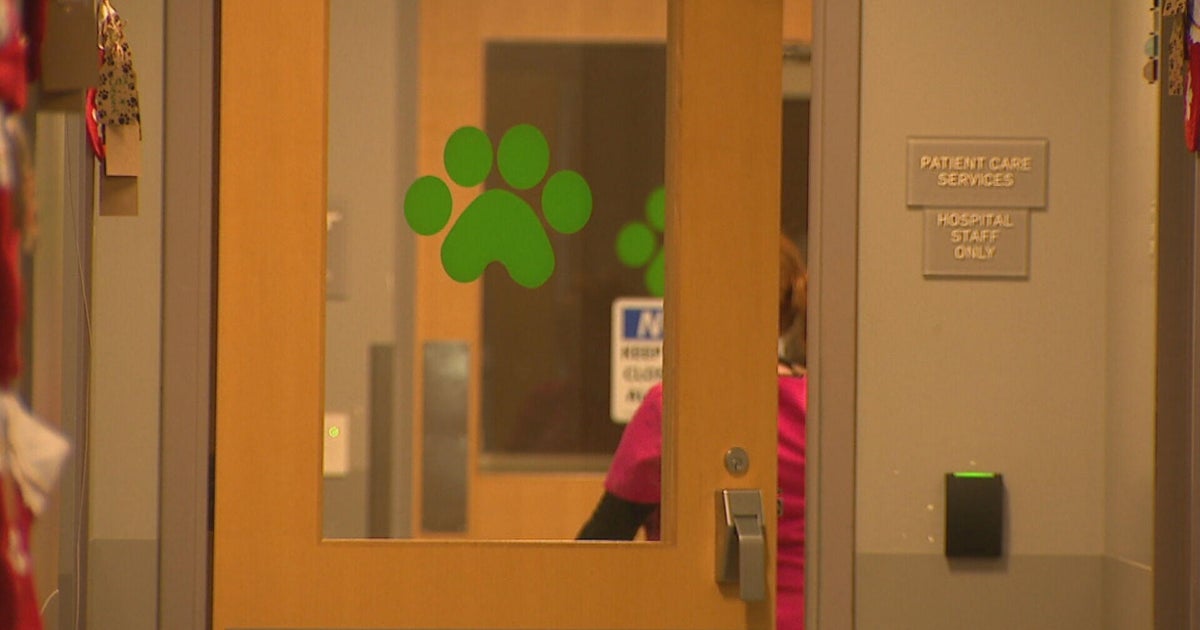How to pay less for pet insurance in 3 easy steps
Don't let concerns over veterinarian bills and other expenses stop you from getting a furry friend. For a small monthly fee, pet insurance can provide you with some peace of mind and protect you from paying large amounts of cash out of pocket.
If cost is a major concern, then there are some ways you can trim your monthly payments and still keep your dog or cat sufficiently covered in the event of an emergency. You just need to know where to look and what to look for.
Whether you're a first-time pet owner or a seasoned one, there are plenty of opportunities to save. To get started, take a look at what some of the top pet insurance companies have to offer.
3 ways to save money (and pay less) for pet insurance
As you get acclimated with some of the best pet insurance companies around, follow these three steps to ensure you're finding the most affordable options.
Shop around
The first, and most obvious, step is to compare pet insurance companies and plans to get a better understanding of baseline prices. The average monthly costs for dogs are $35 per month and cats are $25 per month, pet insurance company Fetch by The Dodo estimates.
However, that number can fluctuate based on age, breed, location and more. Breeds with the highest risk of health problems will have pricier premiums.
For example, English Bulldogs, French Bulldogs, Pugs and other similar dog types are prone to suffer from Brachycephalic Airway Obstruction Syndrome (BAOS), so they cost more to insure. A recent Money.com survey found French Bulldogs cost around $163 more per year compared to Golden Retrievers.
The same applies to different cat breeds, though the cost is not quite as significant compared to canines. A Maine Coon, for example, cost $36.84 more per year versus an Exotic Shorthair. (Here are some of the most expensive dog and cat breeds to insure based on their health issues).
There are also a variety of insurance plans to choose, from a basic plan with accident-only coverage to a robust plan that covers surgical procedures or prescriptions. If you want to go a cheaper route, then you may want to consider getting an accident-only policy, which covers emergency vet trips for broken bones, cuts, swallowed objects, toxic ingestions and more.
Click here to view the different types of plans available and get a free quote within minutes.
Look for discounts
Pet insurance doesn't have to be pricey. There are several ways to cut costs, including keeping an eye out for available discounts and offers.
Discounts and offers vary by provider, so always check for deals listed on company websites so you have a full picture of what the company has available. Most of these discounts are for around 10% off every month and some are limited to a year — but, hey, every penny counts!
Here are a few common discounts that are offered by some pet insurance companies:
- Multi-pet discounts
- Bundling discounts
- Veterans and active military (and their families)
- Shelter and rescue adopters
- Senior discounts (AARP members)
- Support, comfort and therapy pets
- Working in certain industries (like veterinarians and staff)
See what kind of discounts you qualify for now by browsing popular pet insurance sites.
Consider choosing a higher deductible
If you can afford it, a higher deductible will guarantee a lower premium, which can save you money over time. Just note that you'll have to pay more out-of-pocket before the insurance company reimburses you for the bill. Think about how much you could realistically pay if your pet was sick when deciding on a deductible. You don't want to pay more than you can afford.
"The lower your deductible, the quicker you can cover it and the sooner you'll get paid back. However, a lower deductible can also lead to a higher premium. A higher deductible will reduce your premium since it'll take longer until you get paid back," Fetch by The Dodo explains on its website.
According to a recent Money.com report, pet owners pay on average around $20 more each month by choosing a $200 deductible versus a $500 one. That's nearly $250 in savings each year. If you choose a $1,000 deductible, then those savings can nearly double, a Money.com price survey found.






